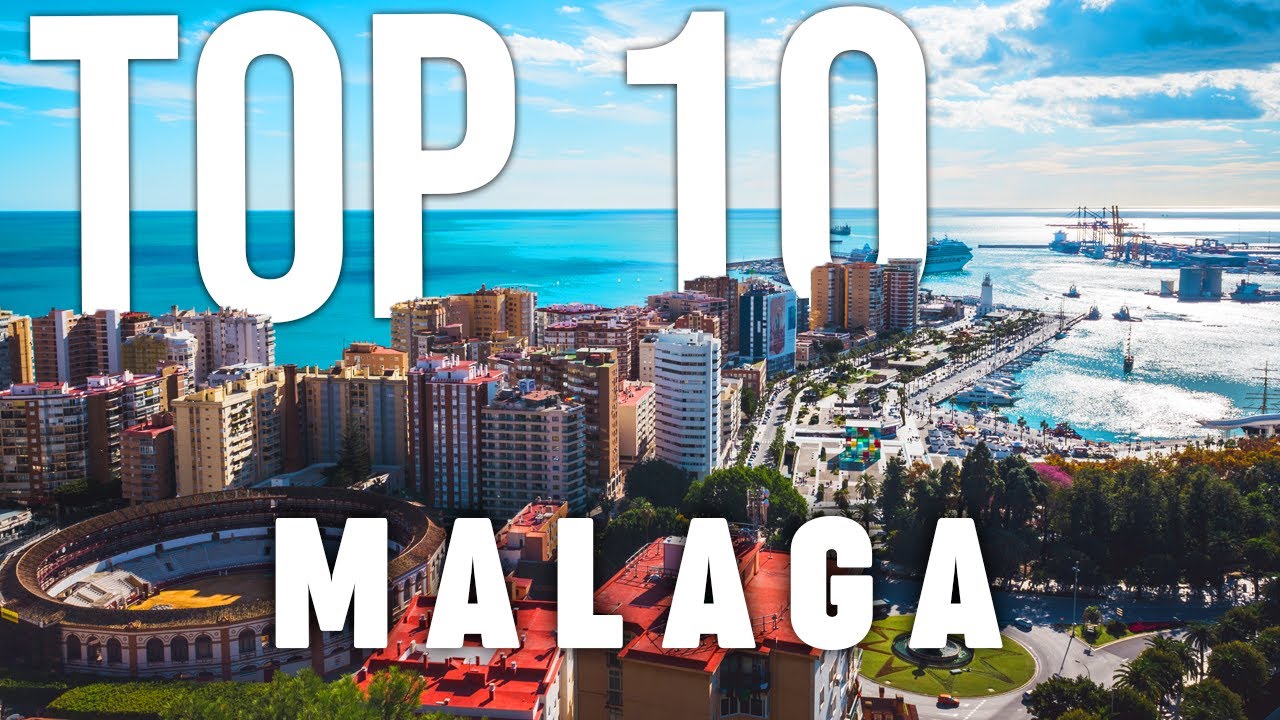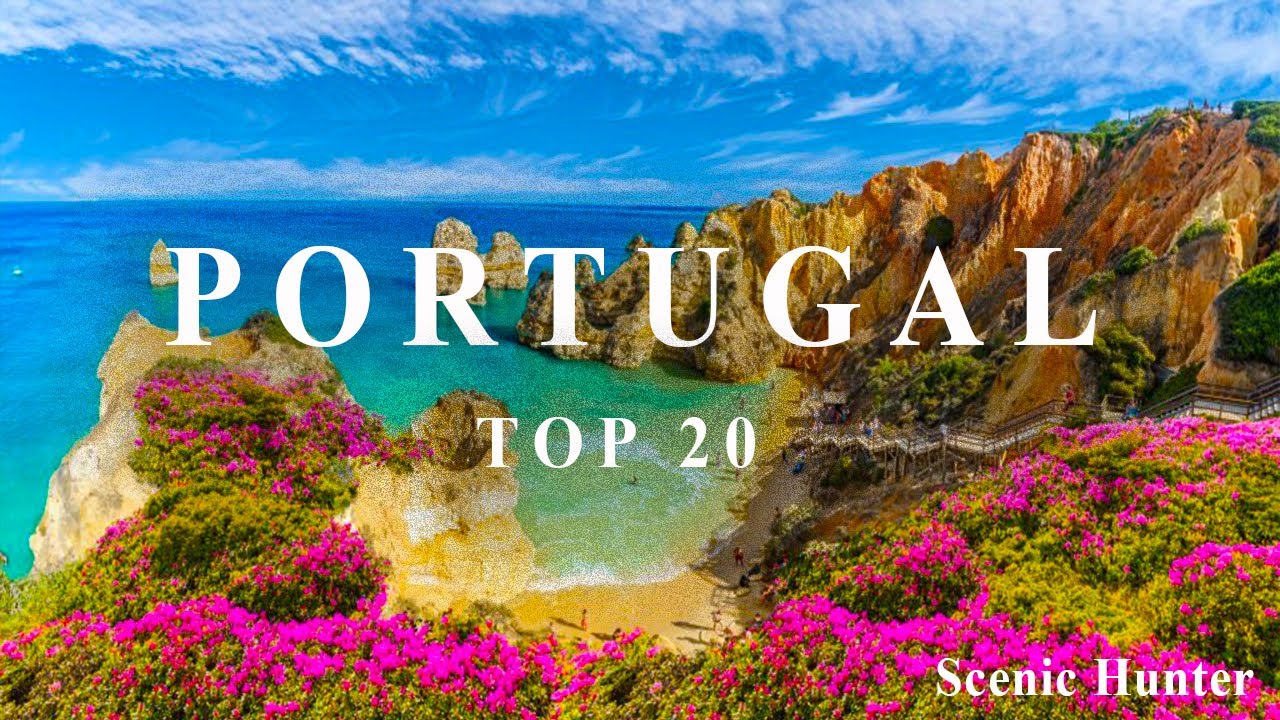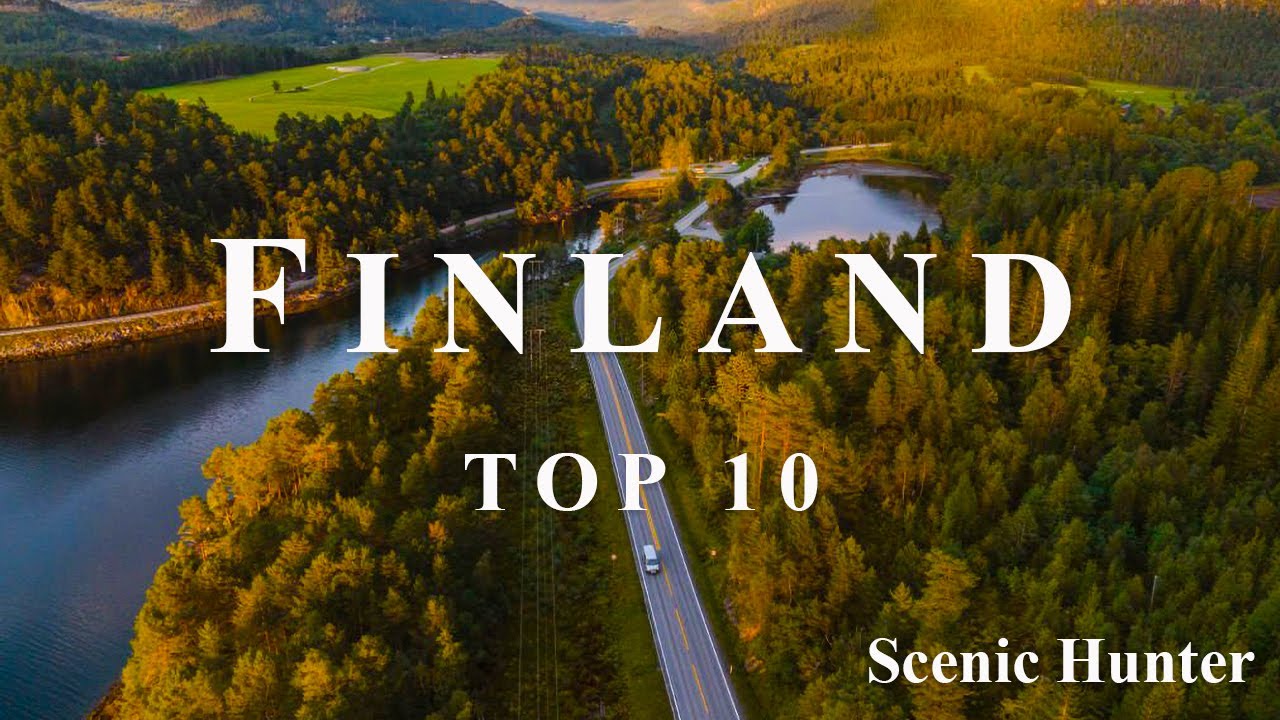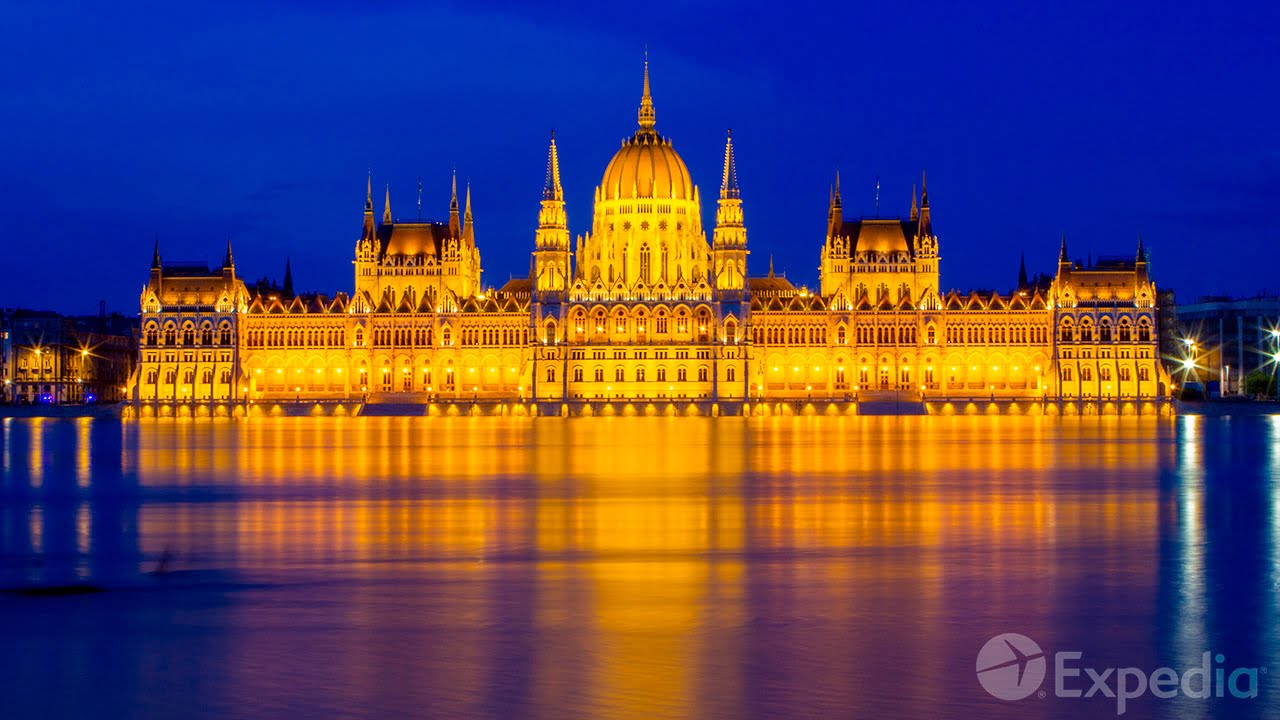Tenerife is a famous travel destination and the largest Canary Island in Spain. Tenerife is visited by 5 million tourists each year.
Welcome to Tenerife, the largest Canary Island and one of the best travel destinations in Spain! it’s a place where paradise takes shape, where nature weaves its wonders and where adventure awaits at every turn. Now let’s learn more about Tenerife and its attractions.
Tenerife is positioned west of the African continent, approximately 300 kilometers off the coast of Morocco and Western Sahara. It is geographically much closer to Africa than it is to mainland Spain. Tenerife can be roughly divided into two distinct regions: the lush and verdant North and the sun-soaked
South. The North captivates with its green valleys, steep cliffs and beautiful coastal towns like Puerto De La Cruz. In contrast, the South has an arid landscape with golden sandy beaches and bustling resorts. The popular tourist destinations of Playa De Las Americas and Los Cristianos offer
Endless opportunities for entertainment. The south coast also enjoys a microclimate of year-round sunshine. With over 350 kilometers of coastline, Tenerife has an array of gorgeous beaches and dramatic coastal formations. The black sand beaches, a result of the island’s volcanic nature, create a striking contrast against the turquoise waters of the Atlantic.
Long before the arrival of European explorers, Tenerife was inhabited by the indigenous Guanche people, who are believed to have arrived from North Africa. With their unique culture and way of life, they left an indelible mark on the island’s history. In the 15th century, the winds of change swept across the Atlantic, as Spanish
Conquistadors set their sights on the Canary Islands. Thus began a tumultuous chapter in the island’s history, as the Guanches valiantly resisted the Spanish invaders in a series of fierce battles. Although the Guanches displayed remarkable courage and strategic prowess, they were
Ultimately overwhelmed by the superior weaponry and tactics of the invaders. With the conquest complete, Tenerife fell under Spanish rule, forever altering the course of its history. One of the most significant chapters in Tenerife’s history unfolded in the 19th century with the rise of
The banana industry. The island’s fertile volcanic soil and favorable climate, provided the perfect additions for the cultivation of this beloved fruit, turning Tenerife into a major exporter. In the 1960s and 1970s, a significant milestone occurred with the development of mass tourism on the island. The construction of modern infrastructure, including airports,
Highways and hotels, laid the foundation for the arrival of tourists on a larger scale. Santa Cruz de Tenerife is the capital city of Tenerife. It’s located on the northeastern coast of the island. Santa Cruz has around 200 000 inhabitants and is the second- largest city in the Canary Islands. The city has
A long history and used to be an important port for Spanish ships traveling to the Americas. Today, it’s a bustling city that combines old charm with modern facilities. Santa Cruz is probably best known for its festivals. One of the biggest events is the Carnival of Santa Cruz de Tenerife,
Which is a huge celebration with colorful parades, costumes and music. It’s a lot of fun and attracts many tourists. There are also many interesting places to visit in the city. The Auditorio de Tenerife is a famous building designed by architect Santiago Calatrava. It has a modern
Design and is located near the waterfront. If you like nature, you can explore the Garcia Sanabria Park, with its beautiful gardens. If you want to relax by the beach, you can head to Playa de las
Teresitas. It has golden sand and is a nice spot for swimming. And if you enjoy a walk by the coast, the Avenida de Anaga is a beautiful promenade where you can enjoy the ocean views. Sitting proudly in the center of Tenerife. Mount Teide dominates the landscape with its majestic presence. It’s
Actually a stratovolcano, characterized by its conical shape and layers of volcanic material. The mountain’s formation can be attributed to the volcanic activity that occurred during the past, and continues to shape the landscape today. It is located within the Teide National Park, a
UNESCO World Heritage site, famous for its natural beauty and geological significance. The mountain rises to an impressive height of 3718 meters above sea level, making it the highest point in the entire Atlantic Ocean. As the highest peak in Spain and one of the most prominent volcanoes
In the world, the mountain offers a unique and breathtaking experience, and attracts thousands of tourists every year. The weather and climate of the mountain vary depending on the altitude. As you ascend, temperatures tend to drop, so it’s essential to dress in layers and come prepared
For changing weather conditions. The summit is often snow-covered during the winter months. Masca, often referred to as the “Lost Town”, is situated in the heart of the Teno Mountains. Masca’s remote location and challenging access have contributed to its reputation as a hidden
And isolated village. Legend has it that Masca was founded in the 16th century by brave Guanche warriors. Seeking refuge from invading conquerors, they sought solace in the rugged mountains. Throughout the centuries, the village of Masca thrived as a self-sufficient community, with its inhabitants relying on farming terraces carved into the mountainside,
And practicing a traditional way of life. It was not until the 20th century that Masca began to gain attention beyond its secluded existence, when adventurous hikers and tourists started to discover the village, drawn by tales of its breathtaking beauty and untamed landscapes.
Rising dramatically from the depths of the Atlantic Ocean on the western coast of Tenerife, the Los Gigantes Cliffs stand tall, reaching heights of up to 600 meters. These monumental cliffs were formed over millions of years through volcanic activity and subsequent erosion. From
Various viewpoints along the coast or during boat tours, visitors can marvel at the sheer magnitude of these natural wonders, The waters around the Los Gigantes cliffs are home to a rich variety of marine life. Diving or snorkeling in the area allows you to explore coral reefs, encounter
Colorful fish species, and perhaps even swim alongside playful dolphins or graceful sea turtles. Founded in 1496, San Cristobal de la Laguna was the first city established in the Canary Islands. It served as the capital of Tenerife, until Santa Cruz
Took over that role in the 19th century. The city’s historical significance is evident in its well-preserved architecture and cultural heritage. La Laguna’s architectural beauty is known worldwide. Its historic center showcases a harmonious blend of Canarian, Gothic, Renaissance and neoclassical styles. In recognition of its exceptional value, the city was designated as
A UNESCO World Heritage site in 1999. The city is located in the northeastern part of Tenerife, just a short drive from Santa Cruz, and is easily accessible by car, bus, or even by tram. Playa de las Americas, located on the southwestern coast of Tenerife, is a captivating beach destination
That promises an unforgettable vacation experience. With its clean beaches, nightlife and recreational activities, Playa de las Americas has become a popular tourist hotspot. This resort is a lively area with numerous restaurants, bars and clubs. After sunset, it comes to life in all its
Glory. The town is known for its entertainment and nightlife scene. There are a variety of places to spend a fun evening, including live music venues and outdoor events. You can also stroll down the Veronicas Strip, known for its exciting entertainment options and lively atmospheres.
The local sandy beaches stretch out for over a kilometer, and can get very crowded. Puerto de la Cruz is the tourist center of the northern part of Tenerife, but also one of the first towns in Spain to significantly gain tourist numbers. It’s located in the Orotava Valley, surrounded by
Beautiful volcanic landscapes. Midway through the 19th century, English travelers found the city. The visit by Agatha Christie in 1927 will forever be remembered. The author traveled to this stunning region of Tenerife, in order to heal after her mother’s passing and her divorce. Two of her works
Were written here, when she was a guest at the former Hotel Taoro. Puerto de la Cruz is famous for its beaches of San Telmo, El Muelle, Martianez and Jardin. Playa Jardin, a 700-meter-long strip of black sand, is the most crowded, due to the variety of services it provides to swimmers. One
Of the city’s unquestionable gems, its Botanical Gardens, are located inland, at the highest point of the city, away from the shore. It was constructed in 1788 under the direction of Carlos III and is
Situated on Calle de la Retama. It has some really old specimens, such as a mamey that is 150 years old. Did you enjoy our short trip to Tenerife? Let us know in the comments! If you loved this video, hit the like button and subscribe to World Travel Guide. We also recommend
You to check out other videos and playlists on our channel.









